Unmanned surface vessel (USV) is a modern means of conducting marine combat operations. The US Defence Department has begun searching for contractors to create low-cost autonomous (unmanned) boats (USV) in order to increase the combat potential of the US Navy expeditionary forces. This is against the backdrop of successful and strategically important operations in conflict zones such as the war in Ukraine.
As part of the Production-Ready, Inexpensive, Maritime Expeditionary (PRIME) Small Unmanned Surface Vehicle (SUSV) project, the Pentagon plans to build a flotilla of inexpensive autonomous unmanned boats capable of chasing and destroying enemy ships.
Naval drone will be capable of traveling from 500 to 1,000 nautical miles (900 to 1,800 kilometers) with a total payload of 1,000 lbs (450 kg) and a travel speed of at least 35 knots (65 kilometers per hour). The backup systems will have an autonomous navigation system and ensure the effective performance of combat missions, even in the absence of a GPS signal.
The Taiwanese and Philippine Navies plan to focus on USVs as an effective combat vehicle for asymmetric wars. In the future, Taiwan intends to create the capacity to launch hundreds of them from its numerous piers and small islands, to repel any invasion from the PLA Navy. Back-up systems would be deployed, complete with naval mines, anti-ship missiles and other types of weapons. USVs could have a serious psychological effect on a stronger opponent, leading to the withdrawal of enemy warships from the conflict zone, and the redistribution of resources to defence against such attacks.
Calculations have shown that, with a cost of $250,000 per USV, Taiwan can build 1,000 units for just 1% of its annual defence spending of $20-25 billion. The cost of fuel, maintenance and training is also low.
The main tasks that modern USVs will perform are:
1) carrying out patrol duty to protect ship parking areas, and patrol the waters of ports and naval bases;
2) countering sabotage and terrorist attacks on rivers, ports and coastal waters;
3) combating submarines and other underwater combat assets of the enemy, including combat swimmers and their carriers;
4) detecting and destroying mines, particularly in amphibious landing areas, along with covert mine installations;
5) providing electronic warfare by setting up active and passive interference;
6) ensuring that large ships solve the tasks of repelling attacks by inconspicuous high-speed naval surface targets;
7) delivering a massive strike by hundreds of USVs against the enemy’s maritime infrastructure and naval bases.
Note that an important point is the ability of the backup drums to act both alone and as part of a “swarm”.
American experts believe that remote backup systems should become the main means of isolating Crimea, and therefore, new approaches to conducting military operations in the Black Sea are being developed. The main targets for USV attacks are the base in Sevastopol, the Crimean Bridge and the various supply ships. After several successful such attacks, Russian specialists began to use relatively cheap means of counteraction – from float safety nets to shooting at the USV with small arms.
The Crimean bridge has also been protected with anti-sabotage booms, and fences that prevent the passage of USVs. It is no secret that anti-sabotage or anti-torpedo float barriers have been widely used to protect naval bases since the Second World War. The Ukrainian armed conflict has shown that in the near future, marine UAVs will be able to show the same effectiveness as air UAVs. An era without manned surface vessels is coming, which will change the face of all military fleets in the world. USV attack ships are changing naval tactics, weapons, equipment, and the entire structure of fleets, just as torpedoes and anti-ship missiles did at the time. In American terminology, it is customary to call attack USVs (uncrewed surface vessels) – that is, exploding surface ships without a crew.
The American concept is of low-profile, explosive-packed USVs, weighing several hundred kgs, which can be controlled and directed to their targets through space or aerial control points. Their purpose will be to sink warships and destroy the enemy’s naval infrastructure. USVs are well suited for swarm network attacks and they are relatively inexpensive. Massive attacks using dozens of USVs can cause huge damage.
The U.S. Navy continues to integrate unmanned technologies into its combat systems, with a particular focus on defense against mines. Recently, the Independence-class frigate USS Santa Barbara (LCS 32) completed a series of exercises using unmanned surface vehicles (USV), which was a significant step in the development of the mine action Module (MCM).
The mine protection module includes various components, among which stands out the Common Unmanned Surface Vessel (CUSV), developed by Textron Systems. This device is equipped with the AN/AQS-20C sonar, designed to detect sea mines, as well as the Unmanned Influence Sweep System (UISS), which provides acoustic and magnetic trawling.
The Naval Forces of Ukraine are armed with several varieties of USV with very similar tactical and technical characteristics and combat capabilities. Ukraine has announced the development of a kamikaze boat for attacks on Russian coastal infrastructure and ships of the Black Sea Fleet, known as the Magura V5.
Experts believe that for the most part, the components for assembling this are manufactured in England and the USA. In Ukraine, only the final assembly of the devices is carried out.
The length of the boat is 5.5 m, the width is not more than 2 m. The total mass of the marine drone is one ton, 300kg of which is the high-explosive warhead inside the hull. The detonation can be carried out upon contact with the target or at the command of the operator. The Magura V5 marine drone is equipped with a gasoline boat engine and can reach speeds of up to 80 km / h. The range of combat use is 800 km, with a time range of 60 hours.
The boat is controlled by an operator console. There is also a self-guided route mode. The operator controls the marine drone using radio commands, and a telemetry and video signal from the boat’s optoelectronic system. Communication with the device is carried out via the Starlink satellite system with signal encryption. The cost of one such marine drone is approximately $250 thousand. More than a hundred similar devices are in the planning stage.
Ankara is also developing its own USVs (which may possibly be used in Ukraine). In particular, the Turkish company METEKSAN, together with the shipbuilding company ARES Shipyard, developed the ULAQ KAMA kamikaze marine drone. The manufacturing companies stated that they are ready to manufacture 100 ULAQ KAMA-type back-up units for the customer within 1 year at their own facilities.
Turkish ULAQ KAMA kamikaze boats will be usable not only for their intended purpose, but also for patrolling the water area or conducting reconnaissance. The probable mode of warhead detonation will be direct contact with the target, or through remote operation, or through the use of control system data, issued based on a comparison of visual data.
The ULAQ KAMA USV has the following characteristics: hull length – 6.37 meters, width – 1.2 meters, speed – more than 20 knots, range – more than 200 nautical miles, seaworthiness – up to 4 points, weight – 1.3 tons, of which the warhead or other payload – 200 kilograms.
It is possible that the ULAQ KAMA USV may be deployed in the Ukrainian Navy in the near future.
The disadvantage of any USV is the surface part, which makes it possible for radar stations to detect USV on the surface of the sea. This includes those equipped with an optical channel. At relatively long ranges, the USV can also be detected by visual surveillance posts. They are also relatively easily hit by small-arms and cannon fire, for example, using 12.7 mm and 14.5 mm heavy machine guns, as well as 30 mm AK-630 naval artillery units with a single six-barrel rotating cannon, which can literally blow the drone to pieces. USV control systems can also be paralyzed using electronic warfare, as the marine drone is guided by the operator using radio commands, and a satellite signal is used to solve navigation problems. Traditional boom barriers and naval mines can also be used to deny access, and it is likely that these will be among the most effective anti- USV methods. Therefore, for all its advantages, the USV will never be as invulnerable as might be desired.
MORE ON THE TOPIC:




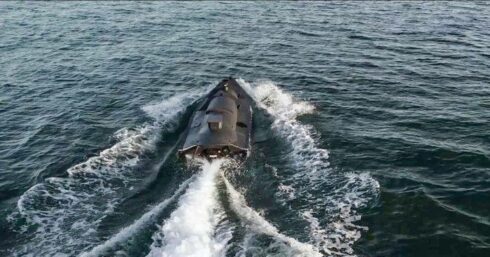
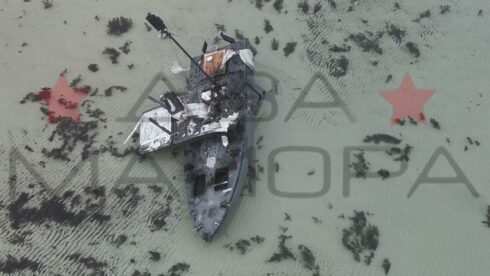
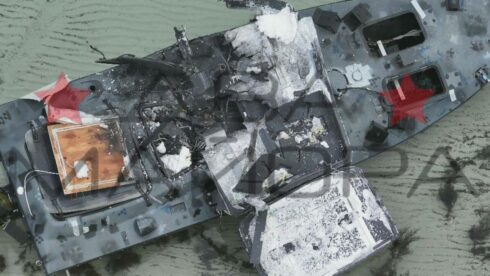
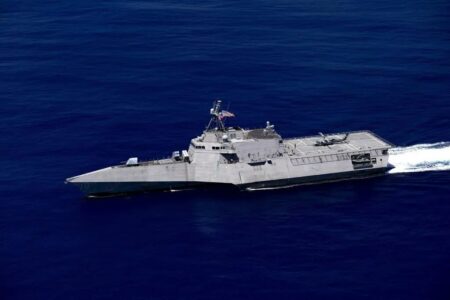
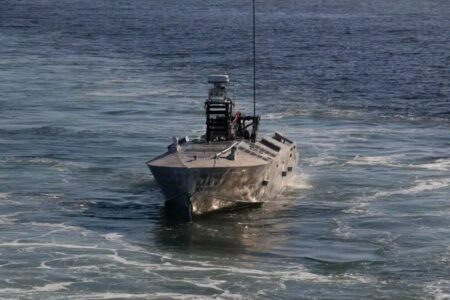
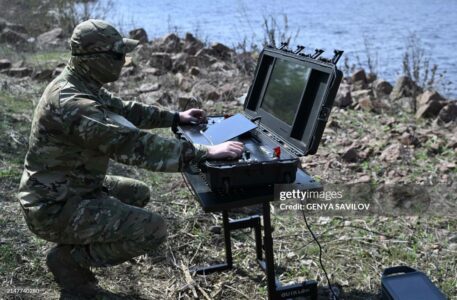
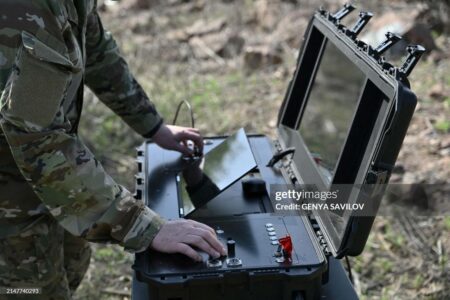
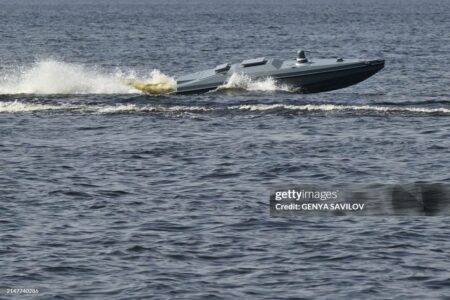
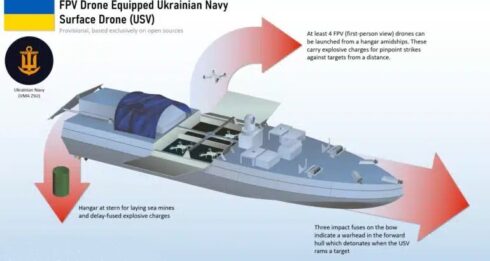
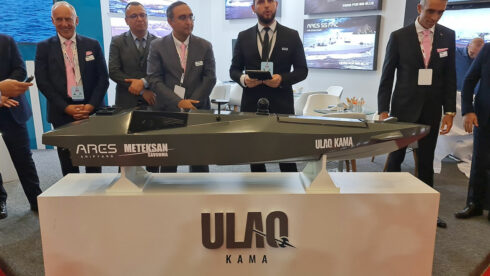
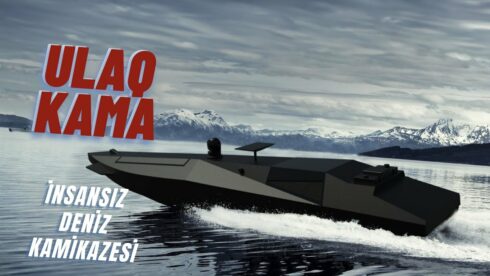
bulgarian military website shows a video of russian fvp drones taking out a ukrainian usv -more like kaput usv,s
they also showed two ruzzian nazis helicopters getting fked by ukrainian sea drones hahaha haha hahaha haha 🇷🇺=🏃♂️🤡 😆😆😆
they also showed your mother getting fked by a 100 ukrainazian donkeys hahahahahahahaha
drunkendimitriukronazi=🤡💩🤣🤣🤣
i wouldn’t use oreshnik in my name, everyone in the world is laughing at worthless ruzzian missiles 🤣🤣🤣😆😆😆 🫵🤡 😆😆😆
only us homosexual amerikunt laugh cuz we like to be anally penetrated
hahaha, hahaha haha 🏃♂️🤡 😆😆😆 haha hahaha
drunkennazidimitri=🤡💩🤣🤣🤣
in amerika we prefer swallow mulatto semen pay taliban gatherer for sodomy
ruzzian nazis…🤡
russian navy has lost to a country without a functioning navy 🖕😆😬
some losing. 1 million plus ukie casualties. ukie front line “manned” by old age pensioners and pregnant women.
hahaha, hahaha haha 🏃♂️🤡 😆😆😆 haha hahaha
just forget abouf ukraine nothings going to end there for years. it’s stupid to just keep pretending anything else .listing how many bullets got used is just ridiculous, we aren’t the mic s accountants.
hahaha, ruzzian nazis lost their black sea fleet against the ukrainians hahaha haha 🇷🇺=🏃♂️🤡 😆😆😆 haha hahaha
hahaha, hahaha haha 🏃♂️🤡 😆😆😆 haha hahaha
hahaha, hahaha hahaha, hahaha haha 🏃♂️🤡 😆😆😆 haha hahaha
hahahahahaha hahaha, hahaha haha 🏃♂️🤡 😆😆😆 haha hahaha
anything’s a wunderwaffe for the increasingly older, the phisically-mentally challenged, convicted felons & scared barely 18 recruits that now make up the depleted & retreating ukrainian army. barefoot houtie sand monkies & iran have had surfacec & under water drones in addition to hypersonics for a while & are ready to use them effectively. that’s why the carriers are now scared to transit the red sea & the persian gulf,
aircraft carriers are sitting ducks now thats why american carriers don’t come close to china. the f35 was publicised as a “wunderwaffe ” but its only good as a standoff plane as its not up to the latest russian jets and the usa admitted it.
exactly, usa are shooting on their feet pushing for usv development, in effect their navy has all to loose with those new weapons.
during ww2 there were miniature unmanned robot tanks like goliath and springer, anti ship missiles like the fritz x and hs 293, autonomous circling torpedoes and homing torpedoes. overall their effectiveness was not very great. these novelties are all very interesting but their importance rends to be exaggerated.
equating remotely operated vehicles of 1943-45 with the technology of today is quite silly.
in 1941 a us patent was granted to hedwig eva maria kiesler and george antheil for a frequency-hopping system to make torpedoes resistant to jamming. this patent is used in every secure communications system, radar jamming system and cellular system in use today. if you don’t recognize the first name, her stage name was hedy lamarr…..
wasn’t she in blazing saddles?
thats hedly!
and now…with fiber optic wire guided, totally impervious to jamming, wire cutting no, but jamming, yes. kite cutting string would be a possible barrier to defend against them, or even smaller drones, deployed off current ship platforms fiber optic with self terminate options so explosives aren’t washing up on beaches.
the fundamentals don’t change that much. the less than stellar performance of the wunderwaffe tiger first deployed near leningrad in late 1942, and similar results with the leopard 2 and abrams given to the ukies 80 years later. or the exaggerated expectations of the v1/v2 in 1944 and the himars/ atacams 80 years later. same old, same old. nothing new under the sun.
indeed the main change since ww2 is drone warfare. i still think the seadrones can be taken out by a (self)guided missile/torpedo.
the americans had unmanned aircraft as far back as 1918. there were drones in the 1930s for training flak units.
the italians and germans both used explosive motor boats to attack shipping. they even looked a lot like the current versions.
honestly we must confirm that these small cheap sea drones had some success against some much langer and 100-1000 times more expensive russian ships, so this arms segment should also bee focused more by russia, while theyr air drones are one a high level in qualität sind quantity right now.
anyway much larger investment and research must go on, because in future drones will be the the main arm system.
in 1957 the uk defence minister wanted to scrap all manned aircraft and replace them with anti aircraft missiles.
the weapons systems are getting smaller, more precise and by that virture, more destructive, easier and faster to mass produce and scalable for various platform sizes and operator space for each system, combined with passive predictive ai, this is not an arms race anyone can afford to lose, the stakes are high.
humiliating to be inferior amerikunt hillbilly retire janitor—my purple hair lgbt social worker bring me prozac
this is an early stage of waging war using autonomous devices. eventually it will be completely robotic. humanity’s biggest enemy is itself.
never forget the missile slava class missile cruiser moskva that got promoted into a submarine landmark under the black sea
still on about that? the moskva was due to be broken up years ago, but the mayor of moscow’s wife insisted that no ship by that name should ever be scrapped (even though it wasn’t the first moskva). so they mounted missiles on a ship never designed to carry them and on the first launch the missile set fire to the ship and it sank. nothing to do with hohols…..
don’t forget the uss liberty that shlomo sent to the scrapyard to turn into razor blades. and don’t forget the uss forrestal when mccain killed 134 of his shipmates and nearly sank the boat.
138 dead i seem to recall and we’ll over 200 ‘seriously maimed’. mid 1967 off vietnam. most of them teens probably little johnny “wet-start”, the big hero of the uss forrestal. prick was near bottom of his aviation class but his poppa was c in c of the yanks’ pacific fleet. absolute and utter sack of sh-t. they’re type of hero💩
there are no wonder weapons—russia won; inferior amerikunt burgers tantrum